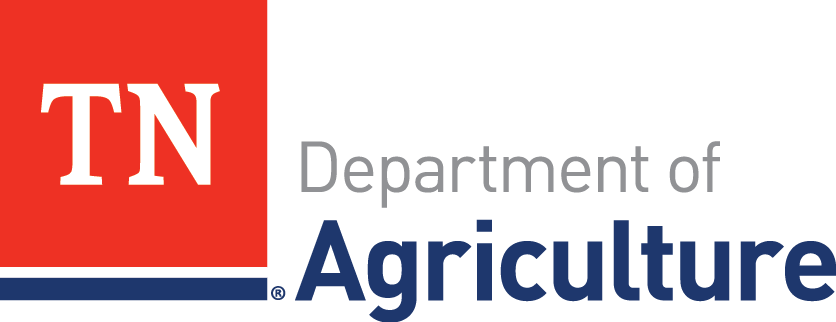About The Program
Tennessee has over 60,000 miles of rivers and streams and more than 75,000 acres of lakes that source our domestic, agricultural and industrial water supply. We all live in a watershed and when we take care of our watershed, rivers and streams, we are rewarded with cleaner drinking water, better recreational opportunities, healthier fish, and a better environment and economy. TEC works with local communities to educate, conserve and restore the health of Tennessee’s watersheds for people, plants and animals.
The most recent watershed data about Tennessee shows that more than half of our state’s rivers, streams, lakes and wetlands are impaired, or in poor biological health. These waters are the source of our drinking water supplies, and where we go to fish, float, swim and irrigate our crops. Check out Tennessee's complete list of impaired waters here.
Tennessee has over 60,000 miles of rivers and streams and more than 75,000 acres of lakes that source our domestic, agricultural and industrial water supply. We all live in a watershed and when we take care of our watershed, rivers and streams, we are rewarded with cleaner drinking water, better recreational opportunities, healthier fish, and a better environment and economy. TEC works with local communities to educate, conserve and restore the health of Tennessee’s watersheds for people, plants and animals.
The most recent watershed data about Tennessee shows that more than half of our state’s rivers, streams, lakes and wetlands are impaired, or in poor biological health. These waters are the source of our drinking water supplies, and where we go to fish, float, swim and irrigate our crops. Check out Tennessee's complete list of impaired waters here.
Key Priorities
|
Monitor water and habitat quality by involving school and youth groups, civic groups and local residents to monitor
local waterways, identify opportunities, and implement action plans to enhance water quality. |
Curtail stream bank erosion by installing bioengineering solutions on eroded banks to prevent erosion (the largest source for sediment pollution) and to rebuild the habitat for fish and aquatic life.
|
Reforest stream banks to stabilize the soil, filter
pollutants, reduce flooding, and increase adjacent property values. |
Install rain gardens to reduce flooding, allowing stormwater to be absorbed by the plants and infiltrated into the ground. Watch this video to learn how rain gardens can help.
|
Watch Our Watershed Live Stream
|
|
Present Projects
Grassy Branch Creek Restoration Project- Our restoration work in the Rutherford Creek watershed is focused on planting trees and constructing rain gardens as well as building green infrastructure along 1,000 feet of stream bank of Grassy Branch Creek, a tributary of Rutherford Creek.
Garrison Creek-We began this project in Murfreesboro in the fall of 2012. In the fall of 2022, we’re partnering with Green Interchange to restore the upper section of this heavily impacted stream by planting 300 native trees and 1,000 live stakes (willow or other cuttings) along approximately 1,781 feet of the creek bank. We’ll also maintain about 100 trees in the lower section of Garrison Creek with mulch, pruning, and replacement as needed. |
Special Thanks to Sponsors of TEC's Efforts to Improve Tennessee's watersheds
Past Projects
Duck River Opportunities Project (DROP) – prioritizes watershed restoration in the Duck River watershed. This river is one of the most biologically diverse river systems in the world. DROP, founded in 1999, continues to restore polluted tributaries through a combination of education, on-the-ground projects and policy initiatives.
Lytle Creek Restoration Project – Restoring up to 2100 (+/-) feet of Lytle Creek in the Stones River watershed. Restoration project activities include bank stabilization, riparian reforestation, livestock exclusion, alternative water supply and infiltration basin (i.e. rain garden installation) establishment.
Lytle Creek Restoration Project – Restoring up to 2100 (+/-) feet of Lytle Creek in the Stones River watershed. Restoration project activities include bank stabilization, riparian reforestation, livestock exclusion, alternative water supply and infiltration basin (i.e. rain garden installation) establishment.



